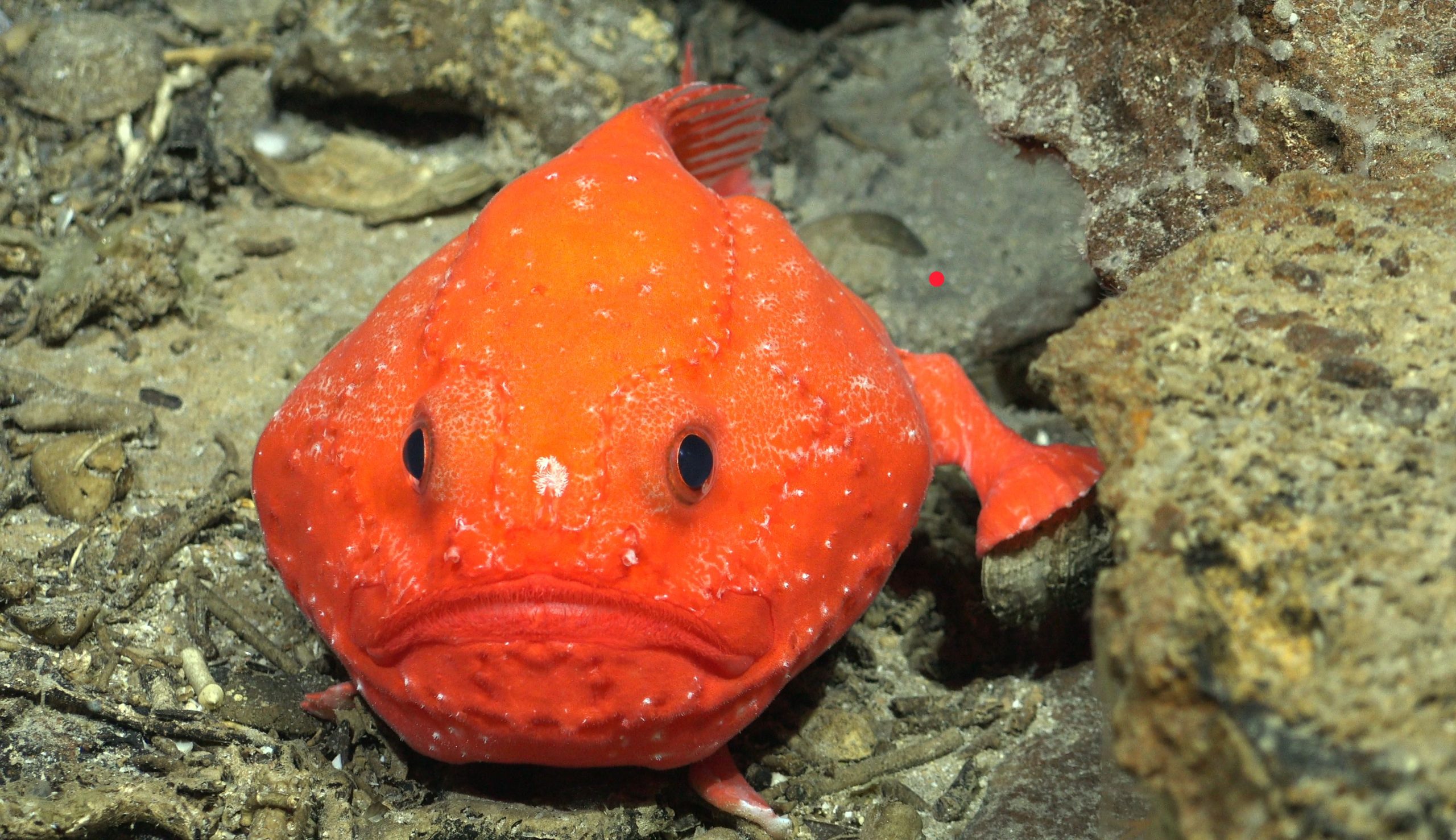A recent expedition to the Salas y Gómez Ridge near Rapa Nui, also known as Easter Island, made some incredible discoveries about the deep-sea life in the Pacific Ocean. Researchers found 160 species that had never been seen in that area before, including 50 that are completely new to science.
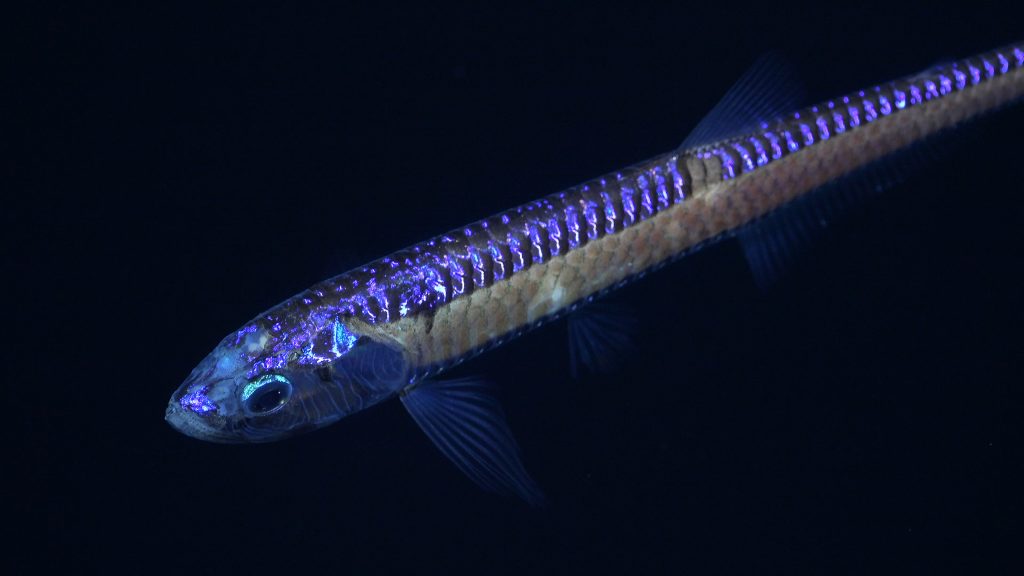
A deep-sea dragon fish, an apex predator with enormous jaws filled with fang-like teeth.
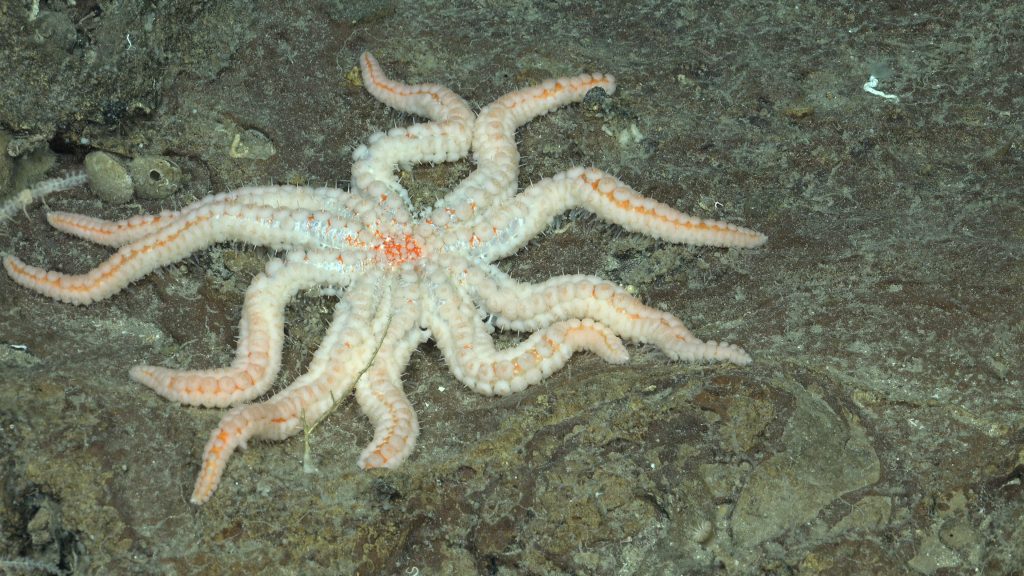
Coronaster , a type of starfish.
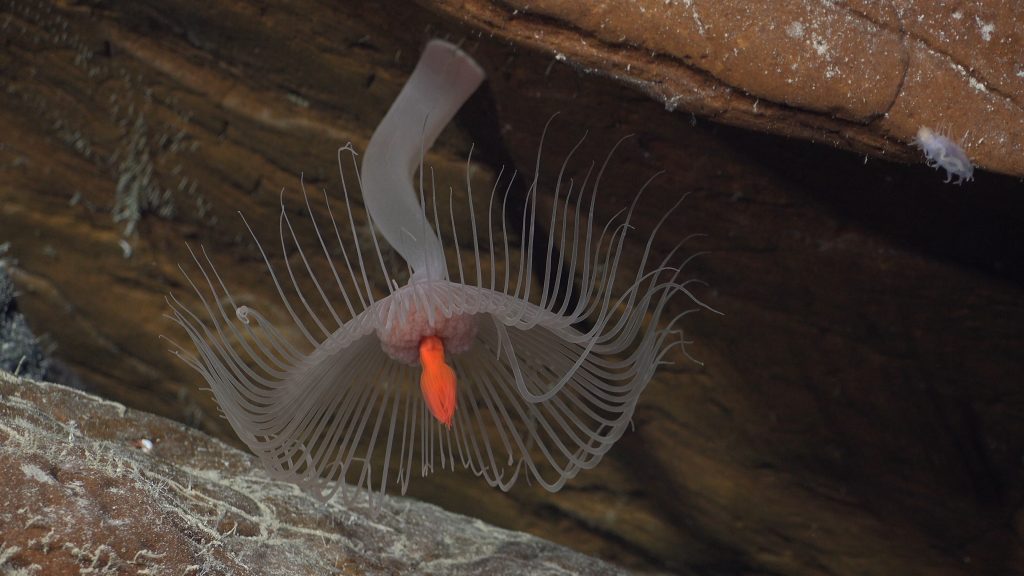
This underwater mountain chain, located about 2,600 to 4,000 feet below the ocean surface, is home to a surprising variety of deep-sea creatures. Among the remarkable finds were a type of wrinkle coral called Leptoseris, a bizarre jellyfish-like creature nicknamed the “flying spaghetti monster” (officially known as Bathyphysa conifera), and a glowing deep-sea dragonfish. While some of these creatures had been seen elsewhere, they had never been spotted in this part of the Pacific before.
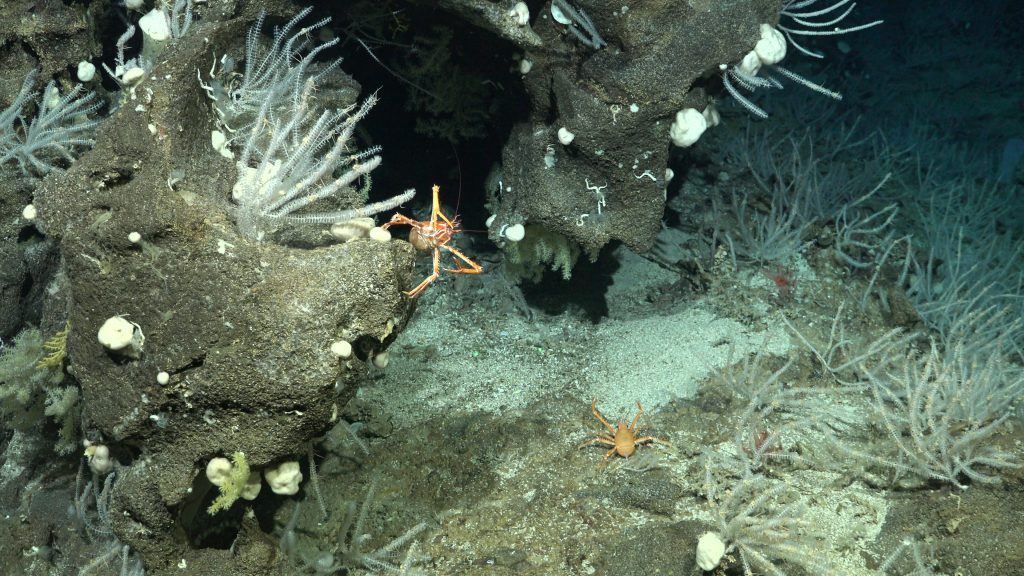
A squat lobster in a coral garden.
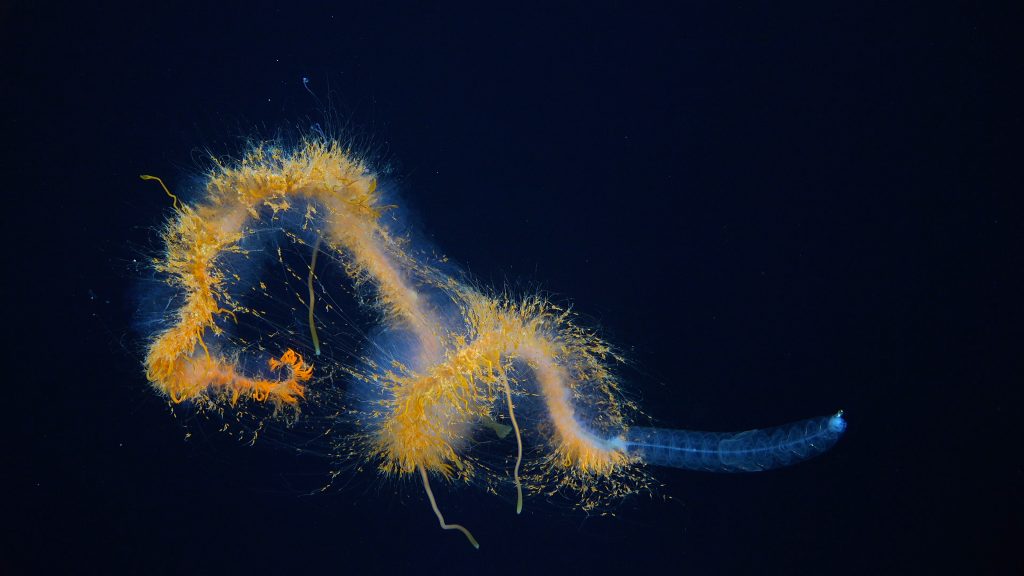
A galaxy siphonophore.
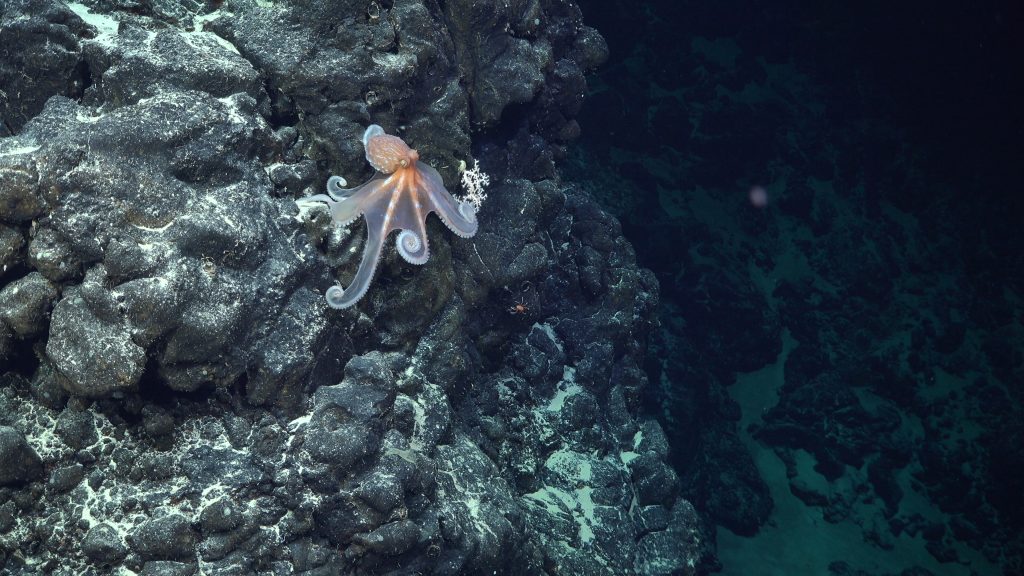
The expedition was part of the Schmidt Ocean Institute’s ongoing research efforts in the region. Led by marine biologists like Javier Sellanes from the Catholic University of the North in Chile, the team spent more than a month exploring the Salas y Gómez Ridge aboard the research vessel Falkor. They investigated 10 underwater mountains, called seamounts, with six of them being previously unexplored by scientists. Each seamount had its own unique ecosystem.
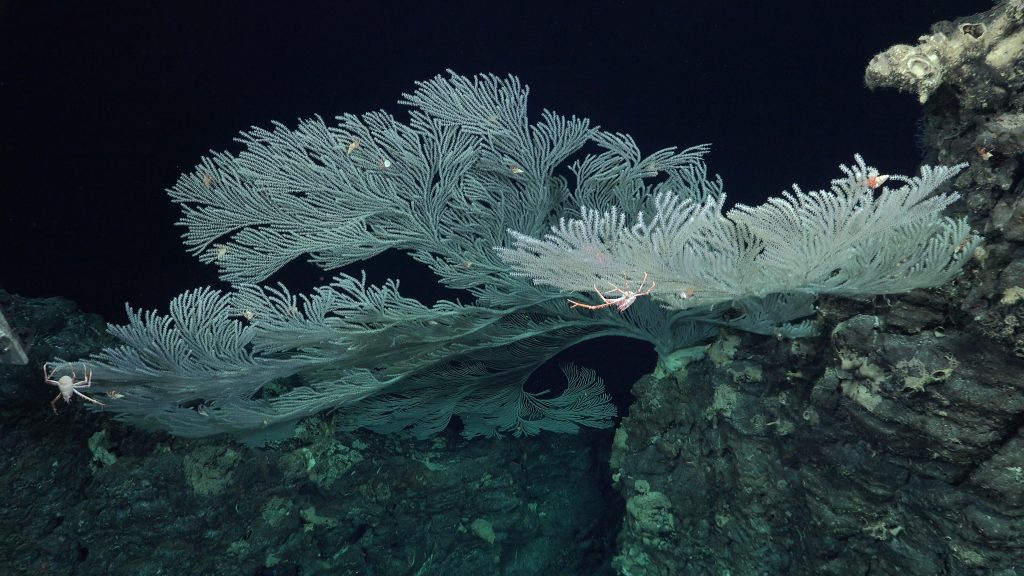
Primnoid Coral with associates, including hermit crabs and squat lobsters.
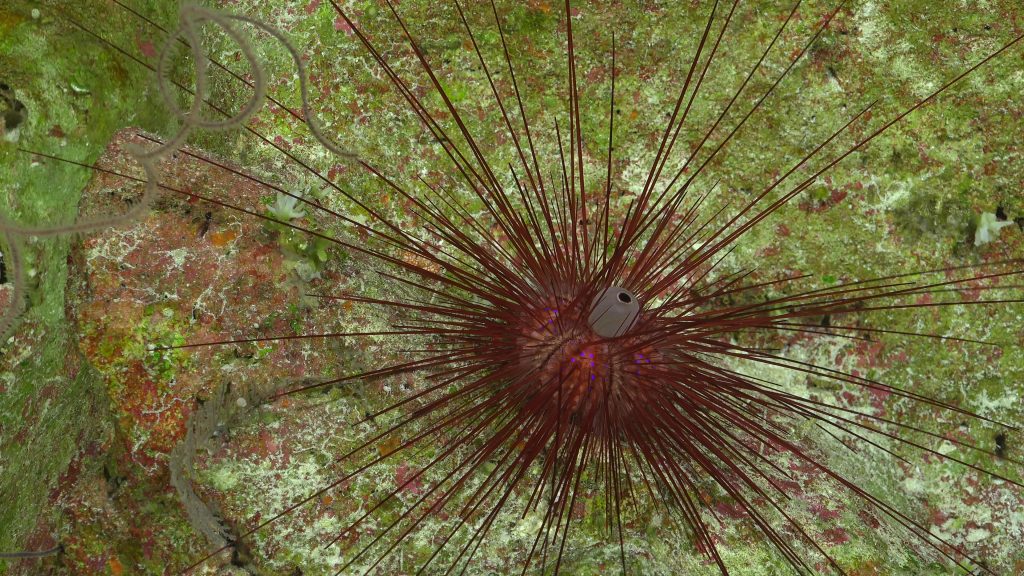
The researchers also worked closely with the local community of Rapa Nui, involving them in the exploration of the waters around their island.
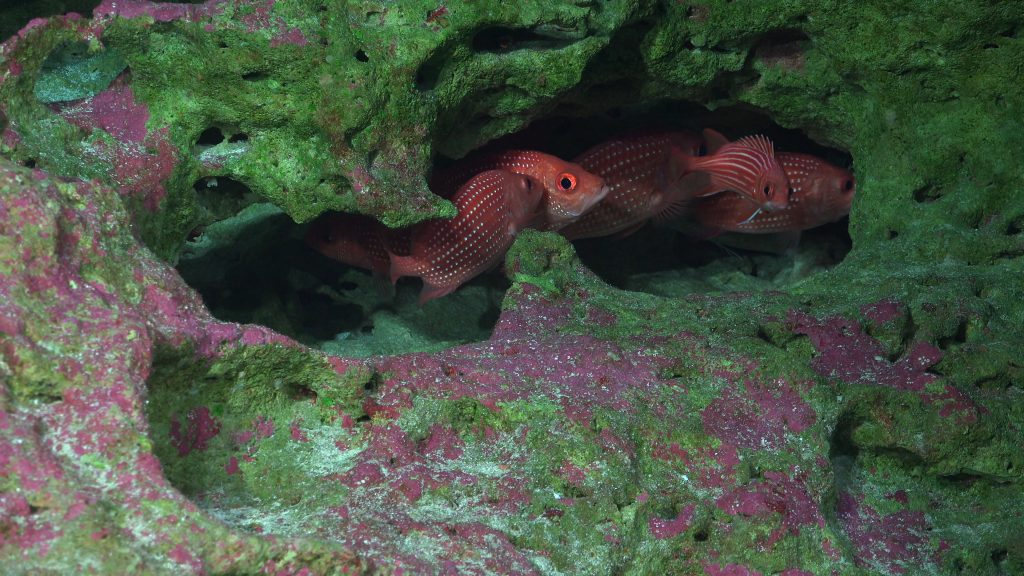
Overall, these discoveries highlight how much we still have to learn about the remote and mysterious underwater world of the Pacific Ocean.

